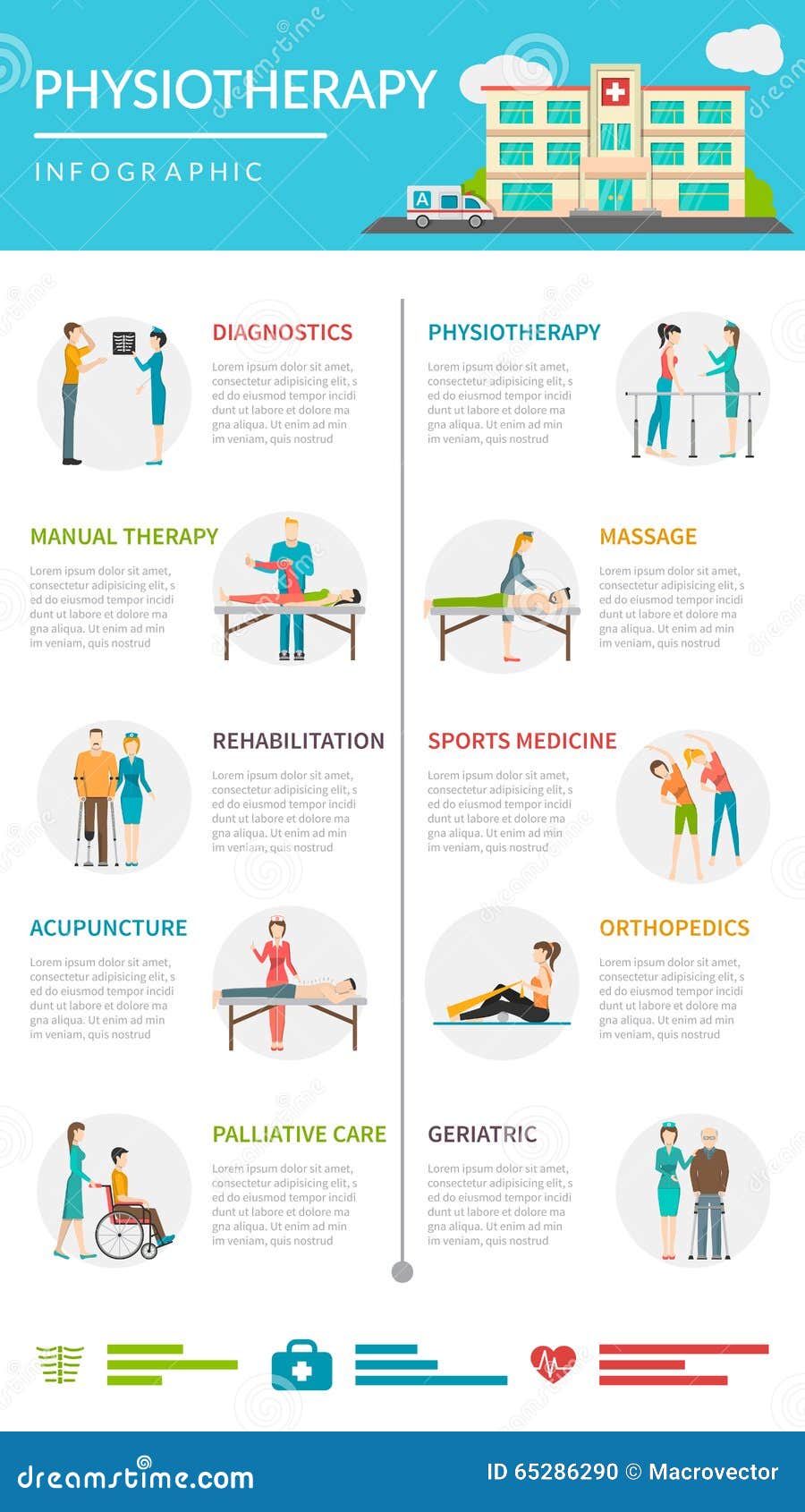Trick Daily Routines That Result In Back Pain And How To Mitigate Their Effects
Trick Daily Routines That Result In Back Pain And How To Mitigate Their Effects
Blog Article
Created By-Love Schaefer
Maintaining correct posture and avoiding typical mistakes in everyday tasks can dramatically impact your back wellness. From exactly how you rest at your workdesk to exactly how you raise heavy items, small adjustments can make a large difference. Visualize back ache without the nagging neck and back pain that hinders your every action; the service could be simpler than you assume. By making a couple of tweaks to your everyday practices, you could be on your means to a pain-free presence.
Poor Stance and Sedentary Lifestyle
Poor pose and a sedentary way of living are two significant factors to neck and back pain. When you slouch or inkling over while sitting or standing, you put unnecessary pressure on your back muscular tissues and spine. This can lead to muscular tissue discrepancies, tension, and eventually, chronic neck and back pain. Additionally, sitting for extended periods without breaks or exercise can compromise your back muscles and cause rigidity and pain.
To combat lower back relief , make a mindful effort to sit and stand up directly with your shoulders back and aligned with your ears. Remember to maintain your feet level on the ground and prevent crossing your legs for extensive durations.
Including routine extending and reinforcing workouts right into your daily routine can also aid enhance your stance and reduce neck and back pain related to a less active way of living.
Incorrect Training Techniques
Improper training strategies can significantly contribute to neck and back pain and injuries. When you lift hefty things, keep in mind to flex your knees and utilize your legs to raise, as opposed to counting on your back muscular tissues. Prevent twisting your body while lifting and maintain the object close to your body to lower stress on your back. It's crucial to keep a straight back and avoid rounding your shoulders while lifting to avoid unneeded pressure on your back.
Constantly assess the weight of the item before raising it. If it's as well hefty, request for help or usage devices like a dolly or cart to transfer it securely.
Keep in mind to take breaks during raising jobs to provide your back muscle mass a possibility to rest and prevent overexertion. By applying correct training strategies, you can protect against back pain and lower the danger of injuries, guaranteeing your back stays healthy and balanced and solid for the long-term.
Absence of Routine Workout and Stretching
A sedentary way of living devoid of regular workout and stretching can dramatically add to neck and back pain and discomfort. When you don't engage in exercise, your muscular tissues come to be weak and stringent, bring about poor stance and enhanced stress on your back. Routine exercise aids strengthen the muscles that support your spinal column, enhancing security and lowering the danger of back pain. Including extending right into your regimen can likewise improve adaptability, preventing tightness and discomfort in your back muscles.
To prevent back pain caused by a lack of workout and extending, aim for at least half an hour of modest physical activity most days of the week. Consist of exercises that target your core muscular tissues, as a solid core can assist alleviate stress on your back.
In addition, take breaks to extend and move throughout the day, especially if you have a workdesk job. Basic stretches like touching your toes or doing shoulder rolls can assist eliminate stress and prevent back pain. Focusing on routine exercise and stretching can go a long way in maintaining a healthy back and lowering discomfort.
family chiropractic care , keep in mind to sit up right, lift with your legs, and remain energetic to stop back pain. By making simple changes to your day-to-day practices, you can avoid the pain and constraints that come with neck and back pain. Take care of your spinal column and muscle mass by exercising excellent pose, correct lifting methods, and regular exercise. Your back will thank you for it!
